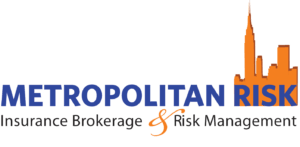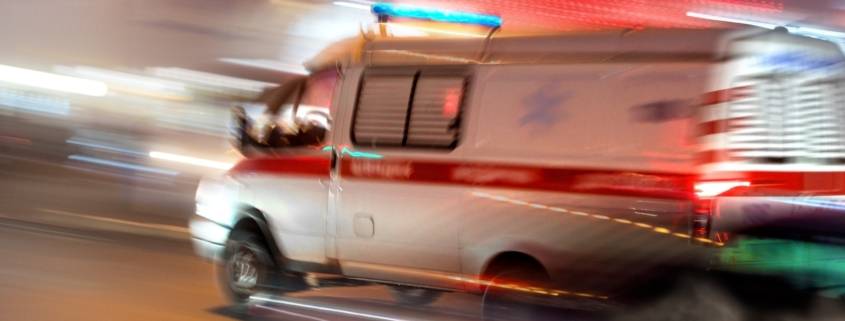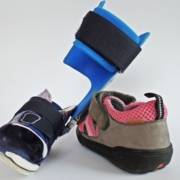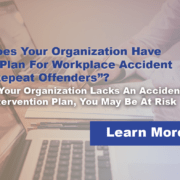Here are some basics as it relates to first responder drivers. Although we know much of this instinctually. Formalizing some basic risk management techniques for those who drive an ambulance or ambulette can help low your insurance costs. Further keeping these basics top of mind for your employees who operate the vehicle help keep them focused.
Why is this Important?
Emergency vehicle drivers are an essential component in saving the lives of others, as they are responsible for driving the truck that carries all equipment and personnel needed to assist those in need. First responder safety is important because if drivers cannot successfully get the vehicle to an emergency scene, personnel cannot help civilians and/or protect property.
In order to deliver both personnel and equipment, drivers must always have safety at top of mind. In addition, emergency vehicle drivers must use a high standard of care for the general public who are also using the road by trying to reduce the risk of injury to others.
Here’s another good reason. Standardizing risk management procedures like this saves you money on your insurance program. If you need help figuring this important component out CLICK HERE to speak to a Risk Advisor to get a quote on Ambulance Insurance Program or Ambuellete Insurance Program.
Standardize Your Vehicle Inspections :
Before entering the vehicle and starting it up, walk around the entire truck to make sure that all equipment is secured, all compartment doors are securely shut and all obstructions are safely moved out of the way. We suggest the inspection should not be random but standardized through a checklist that driver is required to complete at the beginning of every shift; no exceptions. Example of items that you might include on your checklist.
- Inspect all four sides and the top of the vehicle.
- Verify clearance on the right and rear of the vehicle with the person riding in the officer position. This check should be done before moving in both emergency and non-emergency situations.

- Verify all lights are in working order.
- Verify all blinkers and hazards are in working order.
- If your vehicle is equipped with sirens, verify they work.
- Tire Pressure @ proper level?
- Tire tread at acceptable measurement.
- Under carriage satisfactory, nothing loose or dragging?
- Check “dummy lights”
- Brakes in working order?
- Windows clear, un obstructed or damaged?
- Door locks functional; Doors is working order.
- Once in the vehicle, wear your safety belt.
Responding to Emergencies :
When responding to an emergency follow company policy :
- Turn on all audible and visual warning devices.
- Recognize that warning device are only a request for the right-of-way as opposed to a guarantee that you have the rule of the road.
- Be aware of how close you are to other vehicles and pedestrians, and make sure to allow a safe following distance. Specifically, allow one second of response time.
- No drinking beverages or eating food in route. Obvious I know…yet….
- Cell phones away.
- Stay focused and remain calm. There are a lot of lives at stake as you maneuver your thousand pounds plus vehicle through a challenging environment.
- Limit distractions, conversations e.t.c. focus on the mission at hand.
Non-emergency Response Situations :
When responding to a non-emergency, follow all normal motor vehicle regulations without using your audible or visible devices.
End of Shift :
There should be a checklist similar to the beginning of shift where you can record your observations of the performance of the vehicle. Further there should a mechanism in place corporately whereby any issues get logged in to a list or system and are reviewed constantly for execution until closed. Remember it’s not s system until you close the loop.
First responders also need to take precautions in hose loading, vehicle rollovers, backing up and intersections. If you want to know more details about how one should take these precautions, PRESS HERE for more information or contact a Risk Advisor today!








